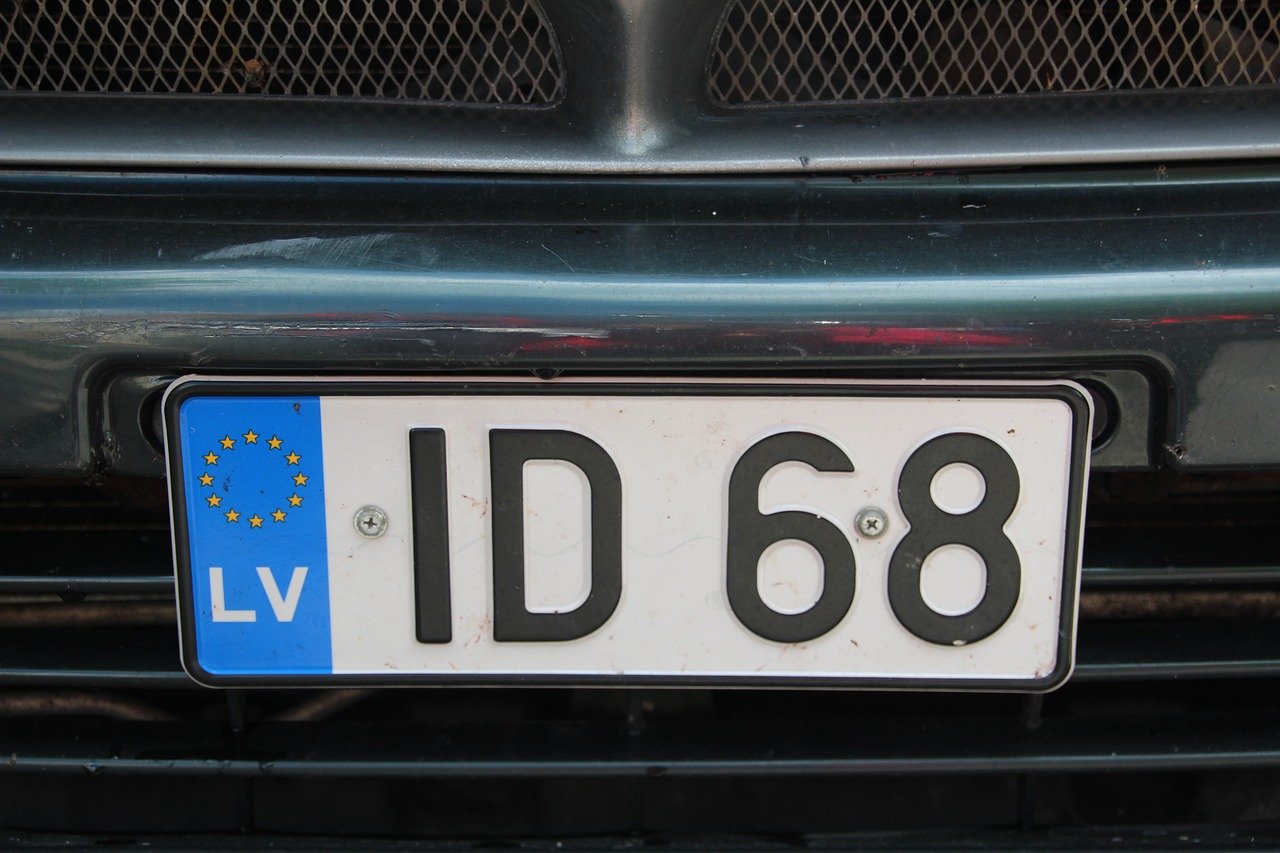This post is also available in:
 עברית (Hebrew)
עברית (Hebrew)
In order to increase airspace safety, the European regulation effective since January 2021 requires from drone operators to display the registration number on their drone and then upload it into the drone’s Remote Identification System.
A low-power drone-tracking solution recently released by Dronetag can be attached to any drone, to promote flight safety and compliance with the new regulations.
For reporting the exact position and identification of drones in flight, the Dronetag Mini is based on Nordic Semiconductor’s nRF9160 with GNSS and Bluetooth, providing dual cellular IoT and Bluetooth LE wireless connectivity.
With the capability to monitor a fleet of drones, the Dronetag Mini can support a range of potential drone applications, for example, delivery services requiring multiple concurrent trips, or drone shows and drone fleets where multiple drones are sharing the same airspace at the same time, according to insideunmannedsystems.com.
The nRF9160 is a compact, highly integrated system-in-package (SiP) that makes the low-power long-term evolution (LTE) technology and advanced processing and security accessible, and easy to use, for a wide range of single device low-power cellular IoT (cIoT) designs.
The 54 x 35 x 15 mm Dronetag Mini weighs 30g, and can be unobtrusively attached to drones of any size. In flight, the device employs GNSS signals to determine the exact position of the drone and relays that data to the Dronetag web app via the Cloud using cellular connectivity. This ensures the drone and its flight plan is visible both to airspace authorities and other pilots, and enables the user to track the drone in near-real time. Alternatively, the data can be transmitted to the Dronetag smartphone app on a user’s Bluetooth 4.0 (and later) smartphone.
The device has a broadcasting range of up to 1.5 km to the user’s smartphone. In addition to the drone’s position, it reports the drone’s speed and atmospheric pressure data using integrated accelerometer and barometer sensors, as well as the device’s battery level and LTE-M signal strength, and operator identification information.


























